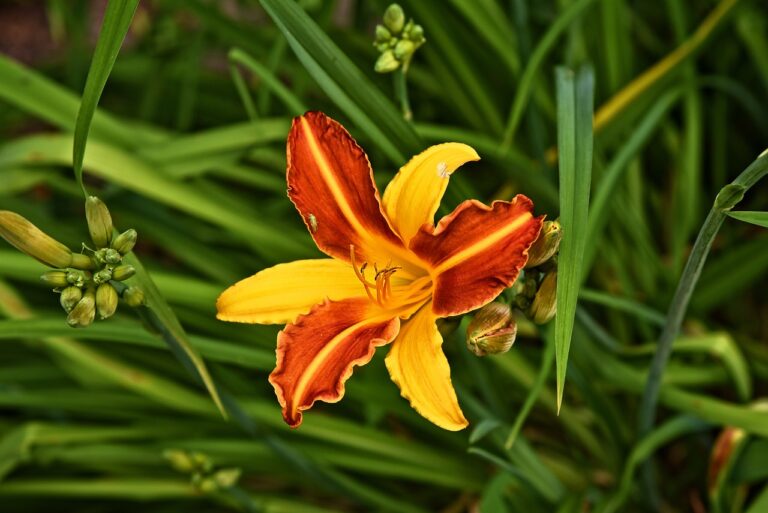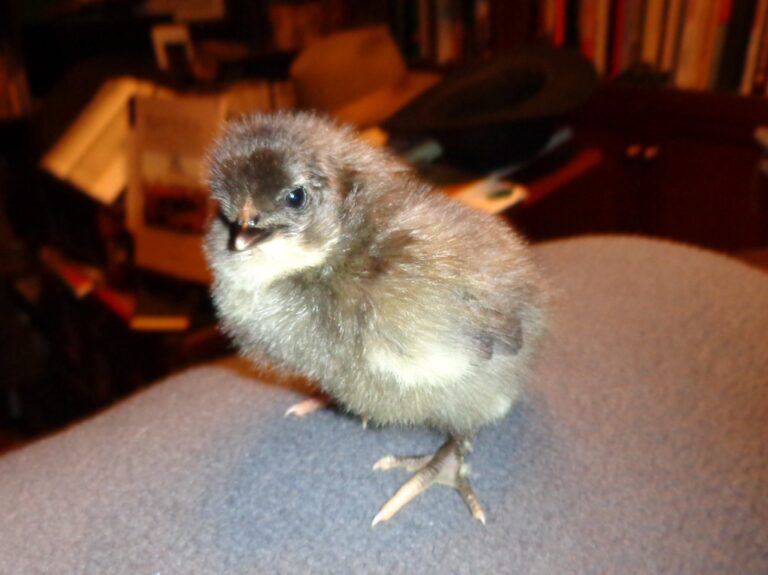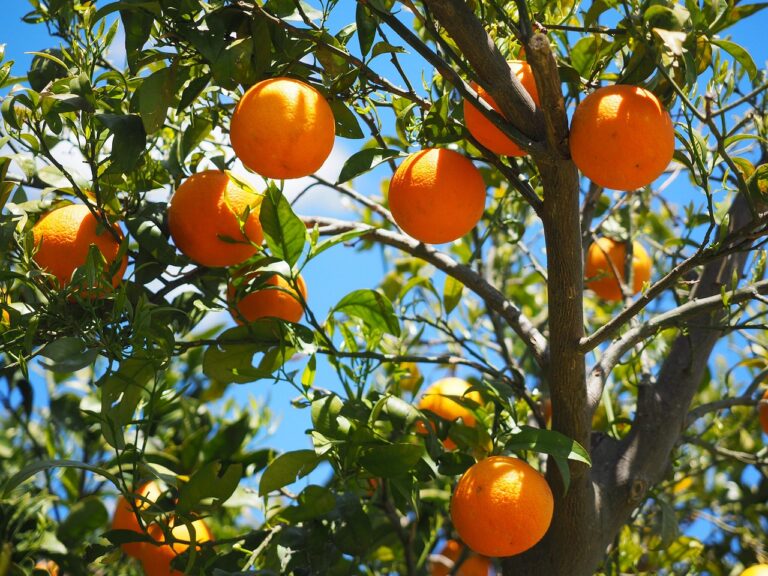Exploring the Possibility of Planting Cilantro and Basil Together
Are you a gardening enthusiast looking to maximize space in your garden and enhance the flavors of your dishes? Then you'll be thrilled to learn about the possibility of planting cilantro and basil together. In this article, we'll explore the benefits of companion planting, compatible growing conditions, pest control strategies, and more. Get ready to create a flourishing herb garden that serves both your culinary needs and your desire to nurture the earth.
Benefits of Companion Planting
One major benefit of companion planting cilantro and basil together is that it can help to deter pests naturally. When you plant cilantro and basil side by side, they release certain scents that repel common garden pests like aphids, spider mites, and mosquitoes. The strong aroma of basil is effective in warding off flies and mosquitoes, while cilantro emits a scent that repels aphids and spider mites. By growing these herbs together, you can create a natural barrier against these unwanted visitors. Additionally, cilantro and basil attract beneficial insects like ladybugs and lacewings, which are natural predators of many garden pests. This means that by planting cilantro and basil together, you are not only protecting your plants from harm but also encouraging a healthy ecosystem in your garden.
Compatible Growing Conditions
To ensure successful growth of cilantro and basil together, it is important to understand their compatible growing conditions. Both cilantro and basil thrive in similar conditions, making them suitable companions in the garden. They both prefer full sun, requiring at least six to eight hours of direct sunlight each day. Soil is also crucial for their growth. Cilantro and basil prefer well-draining soil that is rich in organic matter. It is recommended to amend the soil with compost or well-rotted manure before planting. Additionally, both herbs prefer slightly acidic to neutral soil with a pH range of 6.0 to 7.0. Adequate watering is essential, as cilantro and basil both prefer evenly moist soil. By providing these compatible growing conditions, you can ensure healthy and vigorous growth of cilantro and basil in your garden.
Nutritional Complementarity
You can enhance the growth of cilantro and basil by considering their nutritional complementarity. When planting these herbs together, it is important to understand their unique nutrient requirements. Cilantro thrives in nitrogen-rich soil, while basil prefers a soil rich in phosphorus and potassium. By planting them together, you can provide a balanced nutrient environment for both plants. Additionally, cilantro has a shallow root system, which allows it to absorb nutrients from the topsoil, while basil has a deeper root system that can access nutrients from deeper soil layers. This means that cilantro and basil can coexist without competing for nutrients, maximizing their growth potential. To ensure successful growth, consider adding organic matter, such as compost, to the soil before planting, as it provides a good source of nutrients for both herbs.
Pest Control Strategies
To effectively control pests when planting cilantro and basil together, it is essential to implement strategic pest control strategies. These plants are susceptible to various pests, such as aphids, caterpillars, and mites. One practical approach is to regularly inspect your plants for signs of infestation, including damaged leaves or the presence of pests. If you spot any issues, promptly remove the affected leaves or use organic pest control methods, such as neem oil or insecticidal soap. Another effective strategy is companion planting with pest-repellent plants like marigolds or garlic, which can deter insects from attacking your cilantro and basil. Additionally, maintaining proper plant care, such as providing adequate water and nutrients, can help strengthen your plants' natural defenses against pests. By implementing these pest control strategies, you can ensure the healthy growth of your cilantro and basil plants.
Maximizing Space in Your Garden
One way to optimize the space in your garden is by interplanting cilantro and basil. These two herbs not only complement each other in terms of taste but also in terms of growth habits. Cilantro is a fast-growing herb that tends to bolt quickly, while basil grows at a slower pace. By planting them together, you can maximize the use of your garden space. Place the cilantro plants in the center and surround them with basil plants. This way, as the cilantro bolts and starts to die back, the basil will continue to fill in the gaps, ensuring a continuous supply of fresh herbs throughout the growing season. Additionally, interplanting these herbs can help with pest control, as basil is known to repel certain insects that can damage cilantro.
Harvesting and Storage Tips
To ensure the freshness and longevity of your cilantro and basil harvest, proper harvesting and storage techniques are essential. When it comes to harvesting cilantro, it is best to pick the leaves as soon as they are large enough to use. Avoid letting the plant flower, as this will cause the leaves to become bitter. To harvest basil, simply pinch off the leaves from the stem, starting from the top. When storing cilantro and basil, it is important to keep them dry. After harvesting, gently wash the leaves and pat them dry with a paper towel. Store them in airtight containers or plastic bags in the refrigerator. For longer-term storage, you can also freeze cilantro and basil by chopping them up and placing them in ice cube trays with water or oil. These cubes can be easily added to your dishes when needed. By following these simple harvesting and storage tips, you can enjoy fresh cilantro and basil for an extended period.
Common Mistakes to Avoid
When planting cilantro and basil together, it is crucial to be aware of common mistakes to avoid for successful growth and cultivation. One common mistake is overcrowding the plants. Cilantro and basil both need space to grow and flourish, so make sure to give them enough room to spread out. Another mistake to avoid is not providing adequate sunlight. Both plants thrive in full sunlight, so ensure they receive at least six hours of direct sunlight each day. Additionally, overwatering can be detrimental to their growth. Cilantro and basil prefer well-drained soil, so water them sparingly and only when the top inch of soil feels dry. Finally, neglecting to prune regularly can result in leggy and unproductive plants. Regularly trim off any yellowing or wilted leaves to encourage healthy growth. By avoiding these common mistakes, you can ensure the successful growth and cultivation of cilantro and basil in your garden.
Tips for Successful Planting
To ensure successful planting of cilantro and basil together, you can implement the following tips. First, choose a location that receives at least six hours of sunlight daily. Both cilantro and basil thrive in full sun. Next, prepare the soil by removing any weeds and adding compost or organic matter to improve drainage and fertility. Before planting, water the soil thoroughly to ensure it is moist. When planting the seeds, make sure to space them appropriately, usually about 6-8 inches apart. Additionally, water the plants regularly, keeping the soil consistently moist but not waterlogged. Lastly, regularly harvest the leaves to promote growth and prevent the plants from bolting. By following these tips, you can have a successful planting of cilantro and basil together.
Caring for Cilantro and Basil Together
Now that you've successfully planted cilantro and basil together, it's important to know how to care for them to ensure their healthy growth. Both cilantro and basil require similar care, making it easier for you to take care of them together. Here are some tips to help you care for your cilantro and basil plants:
- Watering: Cilantro and basil prefer moist soil. Water them regularly, making sure the soil is evenly moist but not waterlogged. Be careful not to overwater, as it can lead to root rot.
- Sunlight: Place your plants in an area that receives full sun for at least 6-8 hours a day. Both cilantro and basil thrive in warm and sunny conditions.
- Fertilizing: Feed your plants with a balanced organic fertilizer every 4-6 weeks. This will provide them with the necessary nutrients for healthy growth.
- Pruning: Regularly pinch off the tips of your plants to encourage bushier growth. This will also prevent them from flowering too early, as the leaves are the main focus when growing cilantro and basil.
- Harvesting: Start harvesting once your plants have reached a good size. Cut the leaves from the outer stems, leaving the inner leaves to continue growing.
Other Compatible Herb Pairings
For a diverse herb garden, consider planting cilantro and basil alongside other compatible herbs. By doing so, you can create a harmonious and productive environment for your plants. One great companion for cilantro and basil is parsley. Not only do these herbs share similar growing conditions, but they also complement each other in flavor. Another herb that pairs well with cilantro and basil is thyme. Thyme is a hardy herb that can help repel pests while adding a pleasant aroma to your garden. Additionally, chives can be a great addition to your herb garden. They provide a mild onion flavor that can enhance your dishes when combined with cilantro and basil. Lastly, mint can be a good companion for cilantro and basil, as it helps repel pests and adds a refreshing touch to your garden. By planting these compatible herbs together, you can create a diverse and thriving herb garden that will serve you well in the kitchen.
Conclusion
In conclusion, planting cilantro and basil together can be a beneficial and practical choice for your garden. These herbs are compatible in terms of growing conditions and provide nutritional complementarity. They also offer pest control advantages and help maximize space in your garden. By avoiding common mistakes and following some tips for successful planting, you can enjoy a thriving cilantro and basil garden. Additionally, consider exploring other compatible herb pairings to further enhance your garden's diversity and functionality.






